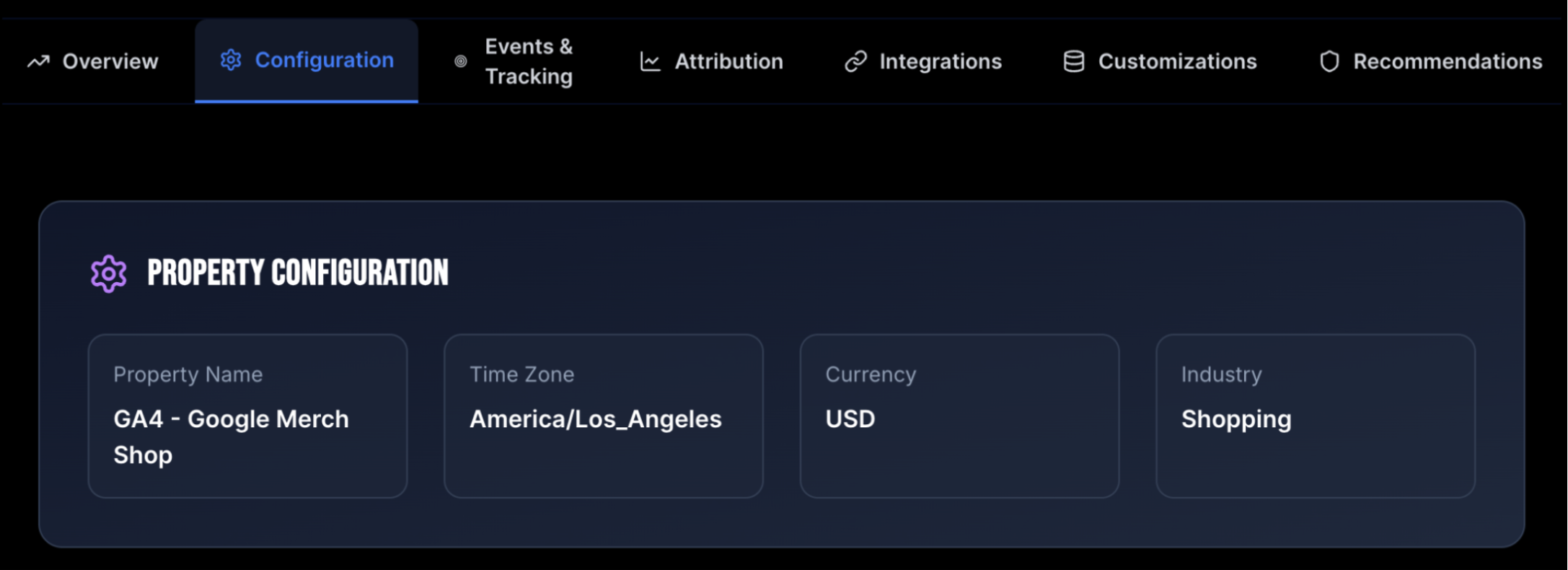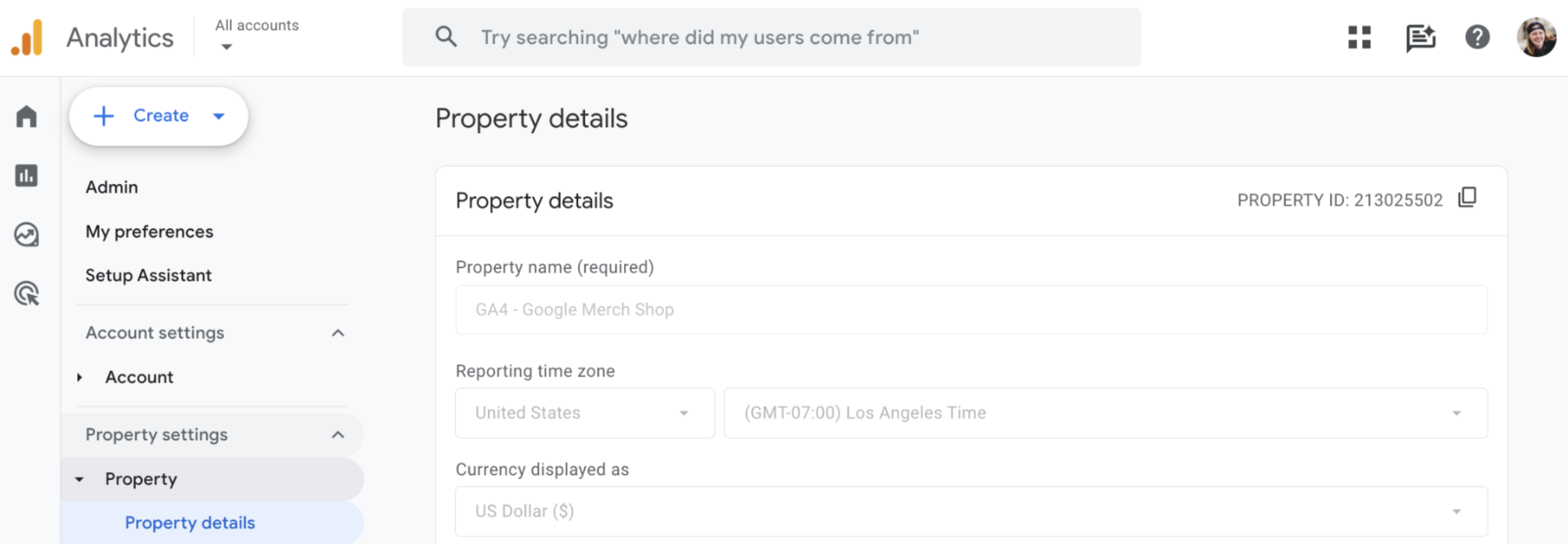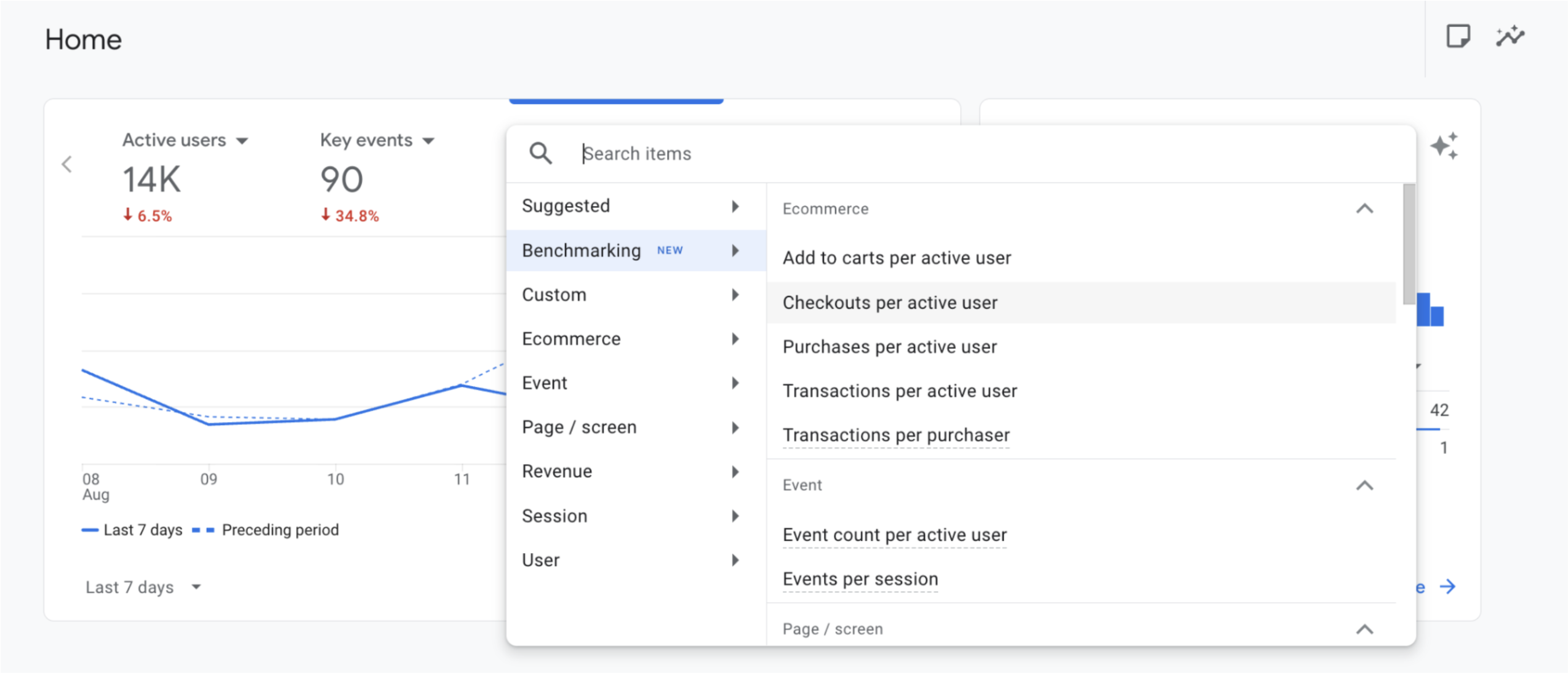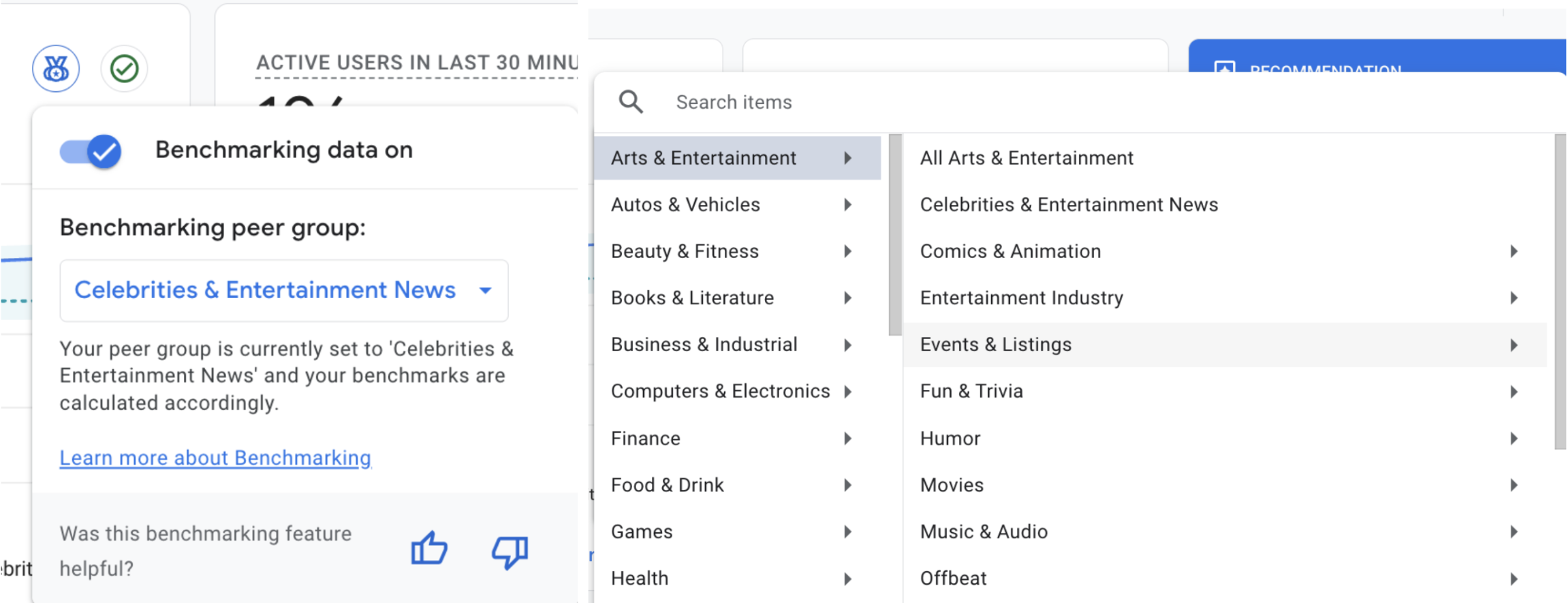Here's the thing about the Google Analytics 4 (GA4) property settings.. They affect everything we see, but they're sooooo easy to overlook.
Maybe you set up your GA4 property three years ago when you first jumped on the bandwagon. Maybe it was auto-migrated from Universal Analytics. Or maybe, let's be honest, it was a rushed setup and you just didn’t put much thought into these seemingly lighthearted questions. 🤷♀️
Whatever the case, these settings matter more than you think.
Every report, dashboard, and insight you rely on depends on a few foundational settings. Things like reporting time zone, currency, and industry shape your data permanently. If these are wrong, your metrics, comparisons, and even attribution can be off—sometimes by a lot.

What Are GA4 Property Settings & Why Do They Matter
When you set up a GA4 property, Google asks for details such as your time zone, currency, and business industry, size, and objectives. These “Property Settings” may seem small, even trivial... but they feed into all of your data.
They determine how dates and times line up in reports across GA4.
They define how revenue and financial data are translated and compared.
They affect which benchmarking peer group you’re placed into, influencing what comparative insights are available.
Getting these right at the start (and maintaining them) saves hours of reconciliation (believe me).
🕐 The Reporting Time Zone
This might seem basic, but your reporting time zone is absolutely critical.
What it is: The time zone setting under GA4’s property details controls how GA4 groups your data into “days.” It dictates when a “day” starts and ends in your reports.
Why it's crucial: If you're comparing GA4 data with your CRM data, Meta Ads data, or any other marketing platform, you need consistent time zones across the board.
Or if you're, ya know, making decisions based on your data?! Super important.
I've had MANY cases where the daily revenue just didn't add up between GA4 and the POS or Meta. So I'd do a manual transaction comparison just to find that the time was off by three hours, and all the orders from 9 pm to midnight were attributed to the next day. 🤦♀️
Best practice: Use the same time zone across all your marketing platforms. If your business operates in multiple time zones, pick your headquarters' time zone and stick with it everywhere.
How to Change Your Timezone in GA4
Navigate to Admin, then under "Property," click "Property details." Choose your operating region and the timezone you use across your other marketing platforms. Then save your changes.

💰 Currency Settings (The One Currency to Rule Them All)
Speaking of things that mess up your data...
GA4 only reports in a single currency in the Reports section.
If you accept multiple currencies (euros, pounds, yen), GA4 still captures those transactions. It just converts them to your chosen currency using the exchange rate for that day.
Pro Tip: Want to See What Currencies Your Customers ACTUALLY Paid In?
Here's how to build that report in Explore:
Go to the Explore section of GA4 and create a blank report
Bring in the Currency and Transaction ID dimensions
Add the Purchase Revenue and Event Value metrics
This report will show you what Google displays in Reports (purchase revenue in your selected currency) vs. what the actual currency and transaction amount were
This is SUPER helpful for international businesses or if you're trying to figure out why your numbers look weird.

How to Change Your Currency Settings
In the Admin section, under "Property," select "Property details." Find the heading "Currency displayed as," click the dropdown, and choose your primary currency. Save changes.
Best Practice: Choose the currency that represents the majority of your transactions.
🏢 Business Industry and Benchmarking
Google made the industry category REQUIRED around late 2024/early 2025, and people are sick of the constant pop-up reminders. But here's the thing...
Google made this setting required for two reasons. First, they want your data (surprise!). Second, they use it to provide benchmarking insights that compare your analytics to other businesses in your industry.

Why this actually matters: If you want to see how your key event rates stack up against competitors or get industry-specific insights, having this set up is required.
How to Set (or Change) Your Business Industry
In the Admin section, under "Property," select "Property details." Scroll to the bottom of the page and find the "Business details" section.
You will see there are actually three required fields: industry, size, and objectives. Click on the dropdowns to see all of the options for each question. Choose the answers you feel best represent your business and save your changes.
One more note on benchmarking: When you select a metric that has benchmarking available, you will be prompted to choose your peer group. You can change this selection WITHOUT affecting your property settings. So feel free to have some fun with it every once in a while! 😊

⚡ 2-Minute Property Settings Audit
Right now, before you do anything else:
✅ Check your reporting time zone against your other marketing platforms ✅ Verify your currency setting matches your business needs ✅ Set your industry category if you haven't already ✅ Ask yourself: Do these settings still make sense for where the business is today?
The Bottom Line
Property settings are like the foundation of a house; get them wrong at the beginning, and everything built on top will be shaky. The good news? These settings can be changed at any time.
Take those 2 minutes to audit your property settings, and your future self (and anyone who has to use this data for actual decision-making) will thank you.
Remember: these aren't always "set it and forget it" settings. As your business grows and changes, your GA4 configuration should evolve too.
Have a few more minutes? Go through the complete GA4 Settings Check process.
Want to stay up to date with GA4Helper and the best practices and updates to GA4? Subscribe to Substack.

